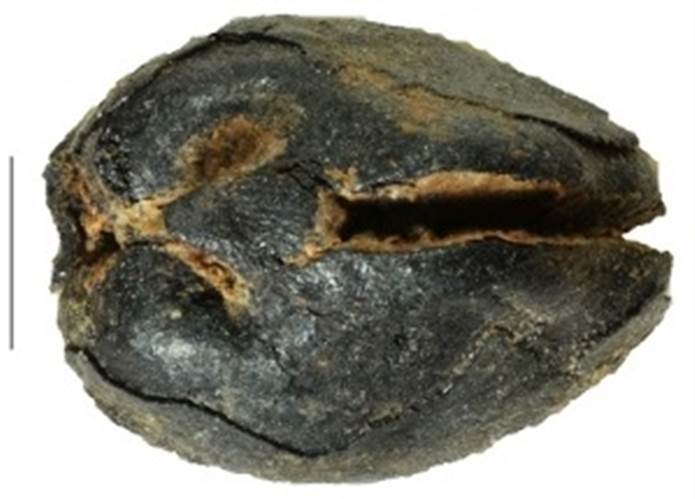THE EARLIEST INTRODUCTION OF PLANT DOMESTICATES IN PORTUGAL

STUDENT SEMINAR IN BIODIVERSITY AND EVOLUTION

Two archaeological sites in Sintra, Estremadura (Lapiás das Lameiras and S. Pedro de Canaferrim) have provided abundant and diverse charred plant macroremains from the 6th millennium cal BCE. Plant remains of domestic cereals are predominant within the assemblages, providing evidence for their early introduction and the earliest evidence of Neolithic agriculture in Portugal and the Atlantic coast of Europe. An assessment of the role of potential autochthonous legume crops is hindered by the absence of morphological criteria allowing the distinction between wild and domesticated specimens of pulse seeds.
Inés López-Dóriga (BA History, MA Archaeology) is an archaebotanist, working at CIBIO-InBIO since 2014, with a research scholarship to study the palaeoflora of the Iron Age hillfort and Roman city of Tongobriga. Her PhD dissertation (forthcoming) is focused on the introduction of plant domestic species in the framework of the transition from hunter-gatherer to farming societies in the Iberian Peninsula, between 8000 to 3000 years cal BCE. She is currently involved in several research projects studying human-environment interactions from the Palaeolithic to the Middle Ages.
Image credits: Inés Lopéz-Doriga